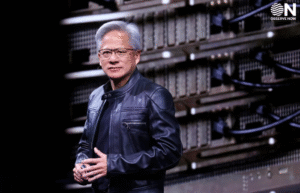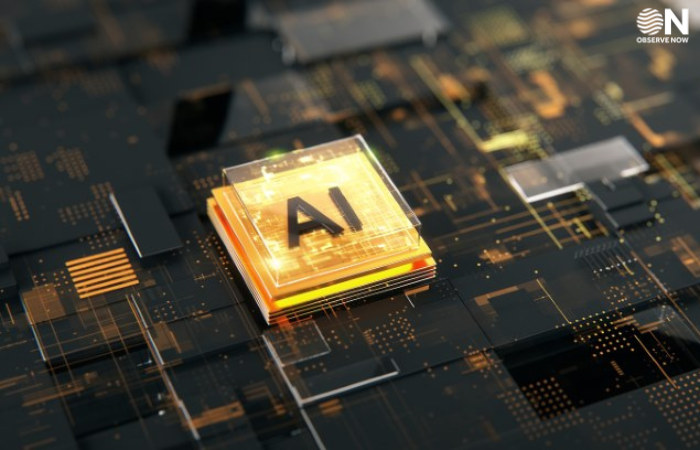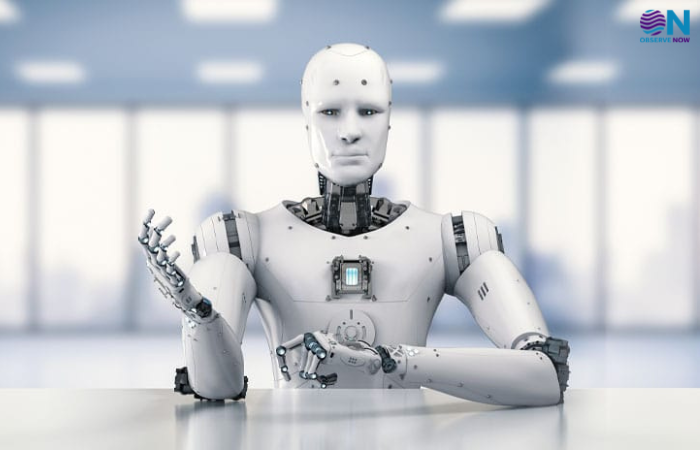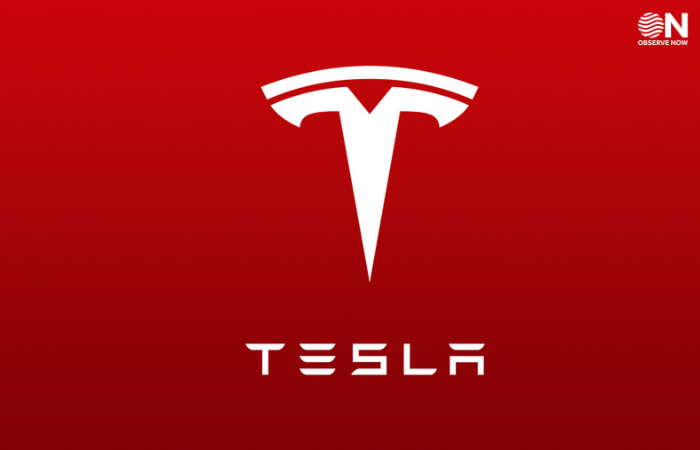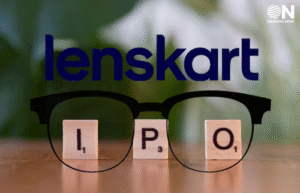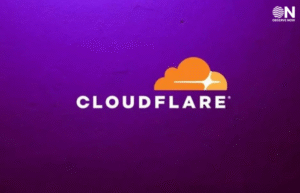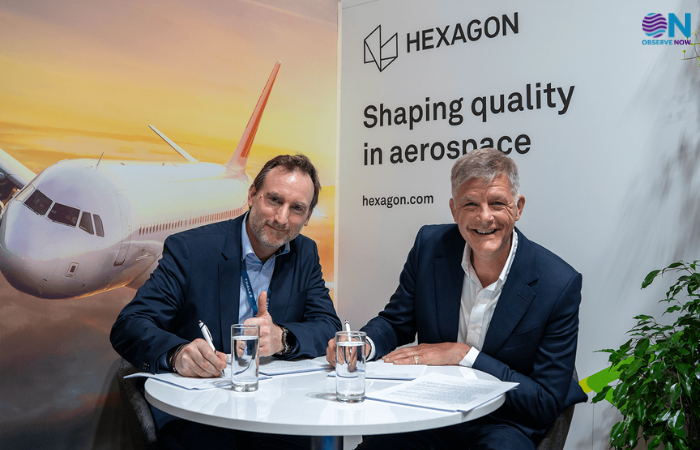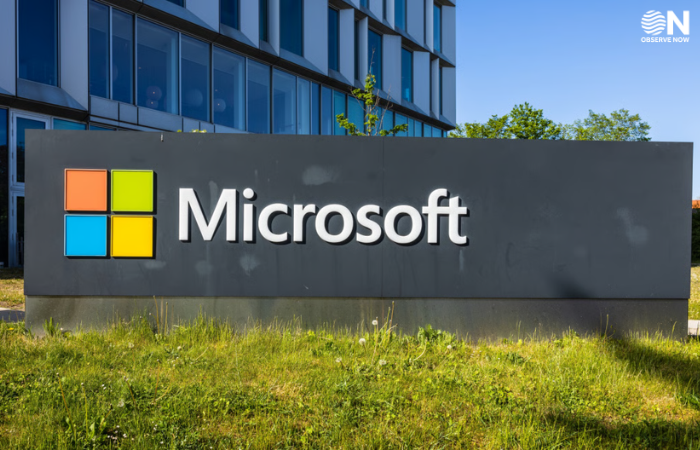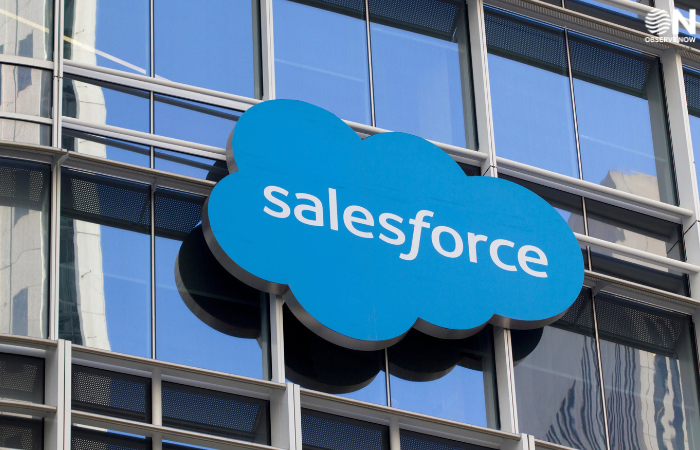Salesforce CEO Marc Benioff Sells Shares Amid AI Momentum and Strong Market Confidence
Marc Benioff, the co-founder and CEO of Salesforce, recently executed a stock sale amounting to over $613,000, marking another instance of insider trading conducted through a pre-scheduled plan. The transaction involved the sale of 2,250 shares of Salesforce’s common stock at prices averaging between $271 and $273 per share. Simultaneously, Benioff exercised an equivalent number of stock options at a significantly lower strike price, estimated around $161.50 per share, resulting in a sizable profit margin.
The sale was carried out under the provisions of Rule 10b5‑1, a legal framework that allows company insiders to trade stocks at predetermined times to avoid allegations of trading based on material non-public information. These trading plans are often adopted by executives to ensure compliance with securities laws while managing their personal financial portfolios in an orderly, transparent manner.
Despite the sale, Benioff remains a major stakeholder in Salesforce, continuing to hold millions of shares in the company both personally and through family trusts. His large remaining stake underscores his continued commitment to the company’s long-term vision, even as he manages liquidity through planned sales.
This transaction comes at a time when Salesforce is drawing significant attention from investors and analysts alike for its AI-driven growth strategy. The company has been aggressively expanding its capabilities in artificial intelligence, particularly through its platform Agentforce 3, which aims to automate enterprise tasks and elevate customer service with generative AI. This forward-looking approach is seen as a key driver for Salesforce’s sustained relevance in the enterprise SaaS space.
Benioff’s stock sale, while notable in dollar terms, is viewed by market observers as routine and not a reflection of wavering confidence. In fact, the company’s stock has been performing steadily, with many analysts issuing bullish forecasts backed by expectations of continued revenue growth, improved margins, and leadership in the AI-powered business software segment. The simplification of product pricing and the launch of next-gen digital labor tools have further strengthened investor sentiment around the company.
As Salesforce continues to navigate an evolving tech landscape, Benioff’s leadership and strategic moves—including equity transactions—remain closely watched. For now, the sale appears consistent with standard executive financial planning and coincides with a period of organizational momentum and investor optimism.




